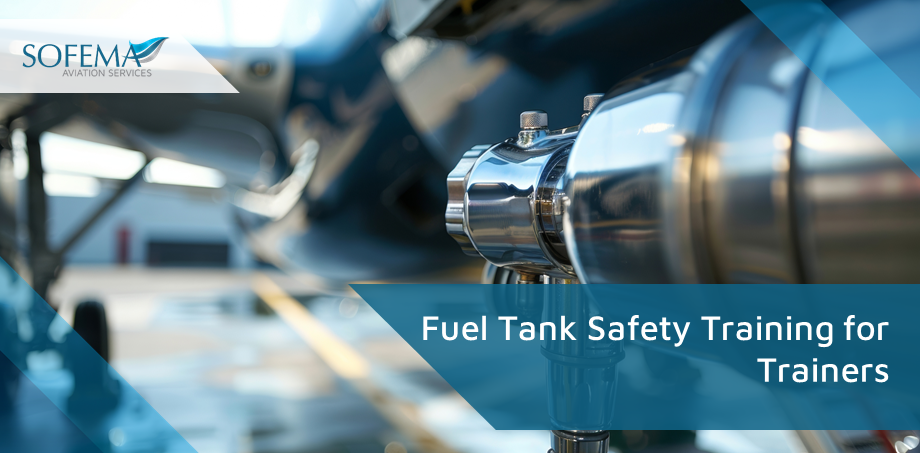Essentially Fuel Tank Safety training is with us as a specific requirement because the Aircraft Designers failed to appreciate and consider the heating effect of air conditioning packs on aircraft centre fuel tanks.
The rational of the need for training is to widen the knowledge of this “potential” exposure and thereby to help reduce the potential exposure.
To deliver effective “Fuel Tank Safety Training” we must be able to share with our delegates all theoretical and practical fundamentals for ensuring the integrity of the fuel tank and associated fuel system’s features and to understand the best practice necessary to prevent unsafe conditions.
We are required to understand and to be able to demonstrate all the essential fuel tank safety elements and to explain all typical terms.
As instructors we should know the historical background of fuel tank safety and be able to distinguish between Airworthiness Limitations ALI or sometimes referred to as Fuel Airworthiness Limitations FAL and to explain the background of service bulletins and airworthiness directives. As well as distinguishing between ALI and Airworthiness Directives AD’s we should be able to explain and describe the concept of Airworthiness Limitation Items (ALI) and Critical Design Configuration Control Limitations (CDCCL).
We should be able to explain the steps which were taken to reduce or mitigate the potential exposure to ignition sources, and to understand the steps that were taken by industry to reduce the effects of ignition.
A thorough understanding of manufactures documentation is necessary to be able to identify and explain the components of the aircraft fuel tank safety systems.
The students who will receive our training will typically comprise of maintenance personnel who are directly working in the fuel tank environment comprising of Airworthiness Staff, Certifying Staff, and Maintenance organization support and continuing airworthiness personnel as well as Maintenance and quality managers should attend EASA Fuel Tank Safety – Level I familiarization training.
To fully comply with the requirements of EASA we must ensure the training covers the following subjects and key topics.
Basic elements of fuel tank safety issues, historical background. NTSB recommendations and the development of SFAR 88 implementation and compliance status:
- The purpose and role of JAA interim policy INT/POL/25/12
- The purpose and role of Service Bulletins and/or Airworthiness Directive
- Fuel Airworthiness Limitation Section
- Maintenance and inspection tasks
- Critical Design Configuration Control Limitation (CDCCL)
- Flammability Reduction Means (FRM)
- Inerting system
- Ignition Mitigation Means (IMM)
- Ignition sources and prevention
- Precautions during maintenance
- The use and development of Maintenance Procedures
What`s more :
Next Steps
Follow this link to our Library to find & Download related documents for Free.
Sofema Aviation Services & Sofema Online provide classroom, webinar & online training. For additional information please email team@sassofia.com




